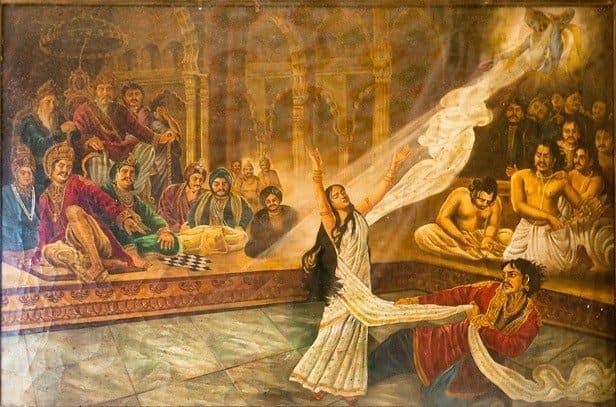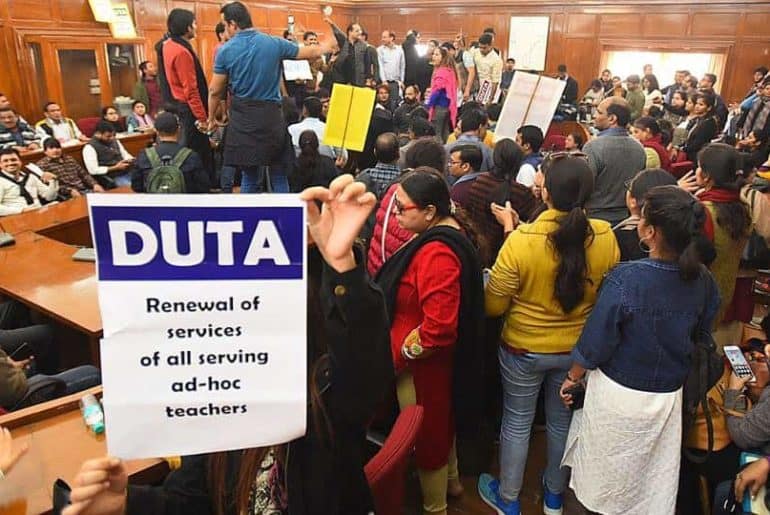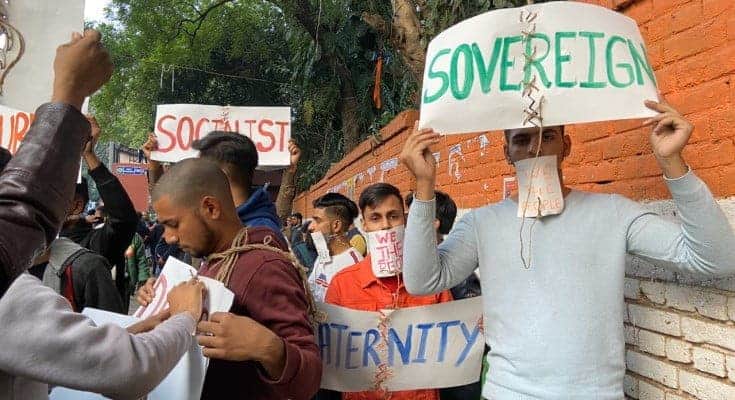With Valentine’s Day just around the corner and everyone embracing and celebrating the emotion of love, does it any way deface our Indian Sanskars?
It is quite difficult to describe the feeling of being in love and its meaning. Lao Tzu, a Chinese Philosopher, quoted, “Love is of all passions the strongest, for it attacks simultaneously the head, the heart and the senses.” Free from any barriers, each one of us, whether human or animal, can comprehend it very well. When love resides in our hearts, life floats on a calm sea of goodness and optimism and our perceptions reorient. Often, being in love infuses a realization that our existence is not just physical but has a deeper cosmic meaning. It enables us to embrace our true selves and savour each moment of our being. As a mystic and wondrous love sounds, it is not easy as pie. Other than hurdles like ego, miscommunication, insecurities, fear of commitment, etc., the biggest stumbling block that restrains us from taking such a leap of faith is our ‘Sankars’.
Sanskars are very different from culture. Culture or sanskriti can be defined as ideas, principles or values according to which a society or a group operates, while Sanskars refer to our family ideals and are gauges of good parenting. They comprise of learning about good habits, our daily conduct, how elders, servants and strangers should be treated. Simply put, Sanskars are following rites of passage that show how ‘cultured or civilized’ we are. Even though they are fluid and have undergone change over time, the basic ideas remain the same and those who don’t pertain to them are labelled as deviant and unfit for society. It is on these grounds love too comes under the lens.
Although many of us have attended or are attending co-educational schools and colleges, we have been warned of maintaining a distance from the opposite sex. As puberty kicks in, boys and girls are often seated in separate desks and any closeness between them is seen with suspicion. Bollywood catchphrases like “Ek ladka – ladki kabhi dost nahi ho sakte”(Men and Women can not be friends), further strengthen this fallacy. Moreover, anything outside the heterosexual matrix is unimaginable and unnatural in this context. It is believed that parents and elders know what is best for us and our sanskaras tell us we must respect their decision without any questioning, even if it is as intimate as who we choose to be with romantically. Thus, the innocent emotion of love is polluted with the belief of being wrong and lustful. All of this is followed by ‘moral policing’ by random uncles and aunties and various groups. Our parents’ actions are always guided by the thought of our welfare but they are humans too and prone to mistakes and prejudices.
It is an undeniable fact that families especially Indian families, are caught between the dichotomy of pride and shame on one hand and happiness on the other and it is “Samaaj mein izzat”(Respect in Society) that mostly triumphs overjoy and contentment. People who are in a relationship start leading double lives as they are afraid to bear the scorn of their parents. This is not only stressful but also strains the relationship. All of this does not mean that lovers need to go rogue and defy all authority.
It is always preferred to tell your parents before taking any huge step. Often, their concerns are valid and only when one has assessed that their objections are not conceited, one should choose their happiness. Gaurangi Chawla, a student of Miranda said, “My parents say that we are from the land of Lord Krishna, the embodiment of love. Love is in our sanskar. Love is not ‘wrong’. Those who love truly retain their sanskars well!” We must bring back the time when love was celebrated for its purity as only then can we truly embrace what it means to be a human and belong.
Feature Image Credits: Scopio
Ipshika Ghosh










